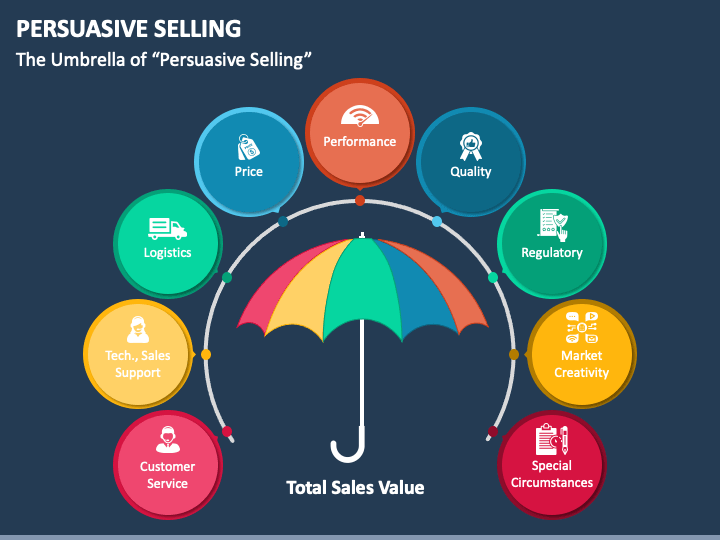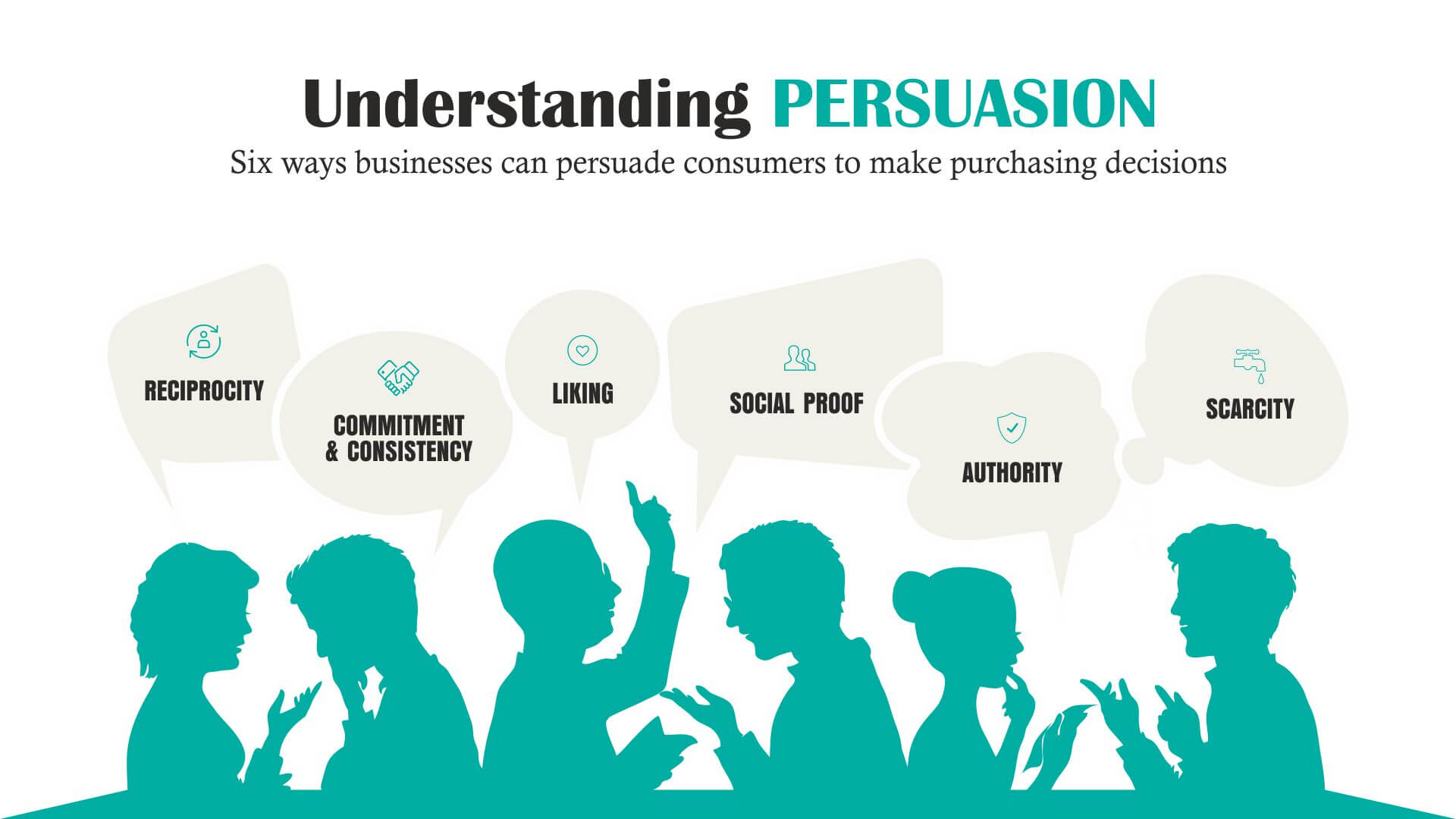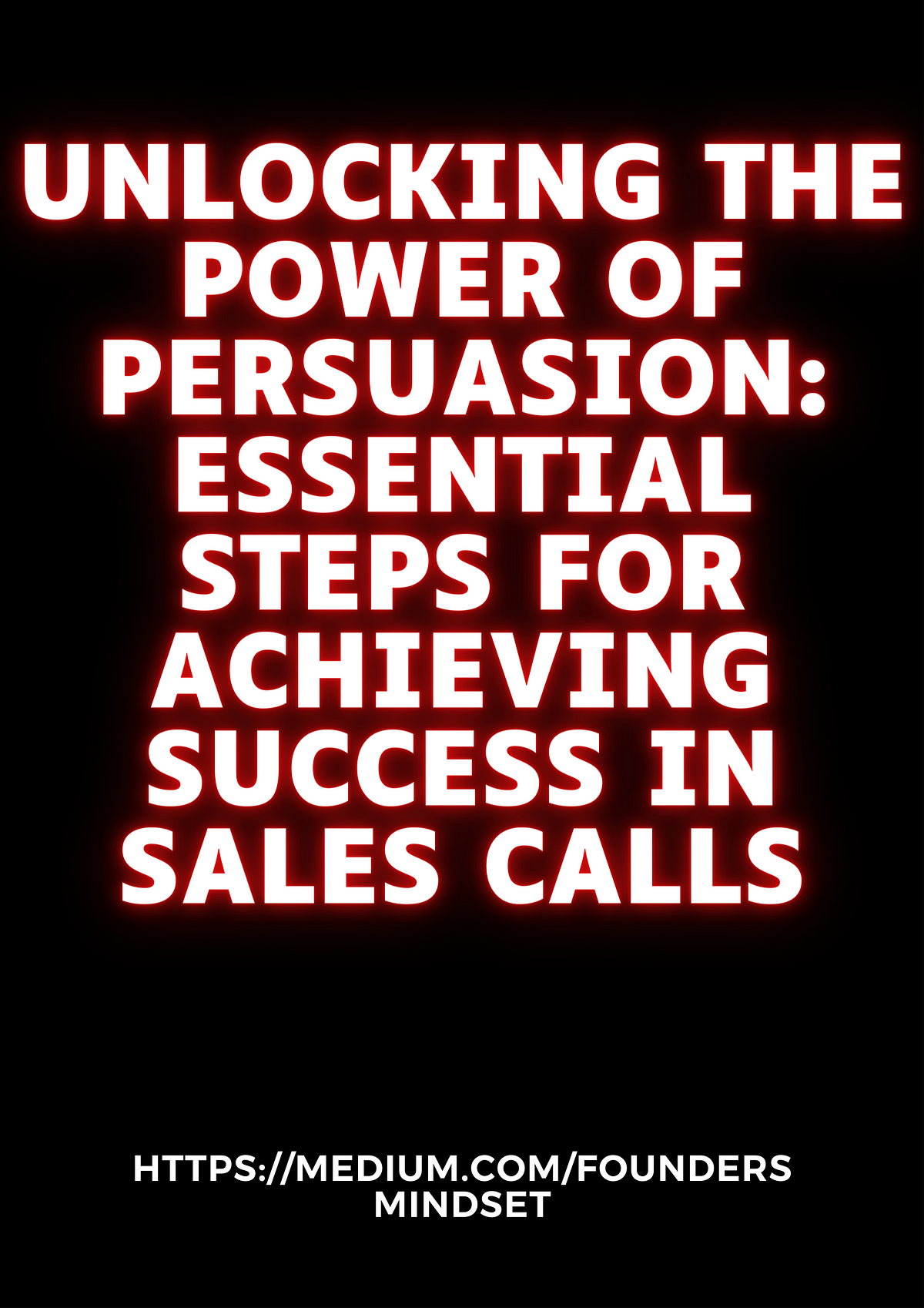Unlocking the Power of Persuasion: A Guide to Selling Your Product or Service

As an interior design expert and architect, I’ve witnessed firsthand the transformative power of well-designed spaces. But just like a beautiful home needs more than just stunning aesthetics, a successful product or service requires more than just a great idea. It needs a compelling story, a clear understanding of its value, and the ability to connect with the right audience.
This is where the art of persuasion comes in. It’s not about manipulation, but about building trust, understanding needs, and highlighting the unique benefits that your product or service offers.

Let’s start by identifying your ideal customer. Who are they? What are their pain points? What are their aspirations?
Once you have a clear picture of your target audience, you can begin to craft a compelling narrative that resonates with their needs and desires.
Here are some key features and benefits you should focus on highlighting:

1. Solve a Problem:
- Identify the pain point: What problem does your product or service solve? Be specific and relatable.
- Offer a solution: How does your product or service alleviate this pain point?
- Demonstrate the impact: Show how your solution makes a tangible difference in their lives.


Example:

- Pain point: "I’m tired of feeling overwhelmed by clutter and disorganized spaces."
- Solution: "Our home organization system provides personalized solutions to help you declutter and create functional and beautiful spaces."
- Impact: "Enjoy a more peaceful and efficient home environment, free from stress and frustration."



2. Provide Value:
- Highlight the unique features: What sets your product or service apart from the competition?
- Quantify the benefits: How does your product or service improve their lives, save them time, or increase their efficiency?
- Showcase the results: Use testimonials, case studies, or data to demonstrate the value you provide.


Example:
- Unique feature: "Our online platform allows you to customize your home design with real-time 3D visualization."
- Quantified benefit: "Save time and money by visualizing your dream home before making any commitments."
- Results: "Our clients report saving an average of 15% on their renovation costs by using our platform."


3. Build Trust and Credibility:
- Establish expertise: Showcase your knowledge and experience in your field.
- Provide social proof: Use testimonials, reviews, and case studies to build trust and credibility.
- Offer guarantees and warranties: Demonstrate your confidence in your product or service.
Example:
- Expertise: "With over 10 years of experience in interior design, we have helped hundreds of clients create their dream homes."
- Social proof: "Our clients consistently praise our attention to detail and personalized approach."
- Guarantee: "We offer a 100% satisfaction guarantee on all our design services."
4. Connect Emotionally:
- Appeal to their desires: What are their aspirations? What do they want to achieve?
- Create a sense of community: Show how your product or service can connect them with others who share similar interests.
- Tell a story: Use storytelling to create an emotional connection with your audience.
Example:
- Desires: "Imagine waking up every morning to a beautiful and functional home that reflects your personal style."
- Community: "Join our online community of design enthusiasts and share your ideas and inspiration."
- Storytelling: "Our founder’s passion for creating beautiful spaces stems from her own experience of transforming a cluttered home into a sanctuary of peace and harmony."
5. Make it Easy to Buy:
- Offer clear and concise information: Make it easy for customers to understand your product or service.
- Provide multiple options: Offer different packages or pricing tiers to cater to different needs and budgets.
- Make the purchasing process seamless: Offer secure online ordering, convenient payment options, and excellent customer service.
Example:
- Clear information: "Our website provides detailed information about our services, pricing, and frequently asked questions."
- Multiple options: "We offer a range of design packages, from basic consultations to full-scale renovations."
- Seamless purchasing: "Enjoy secure online payment processing and 24/7 customer support."
Remember, the key to effective persuasion is to understand your audience, communicate clearly, and build trust. By focusing on the features and benefits that matter most to your ideal customer, you can create a compelling narrative that will resonate with them and inspire them to take action.
Think of your product or service as a solution to a problem, a source of value, a trusted partner, and an emotional connection. When you effectively communicate these aspects, you’ll be well on your way to building a successful business.
